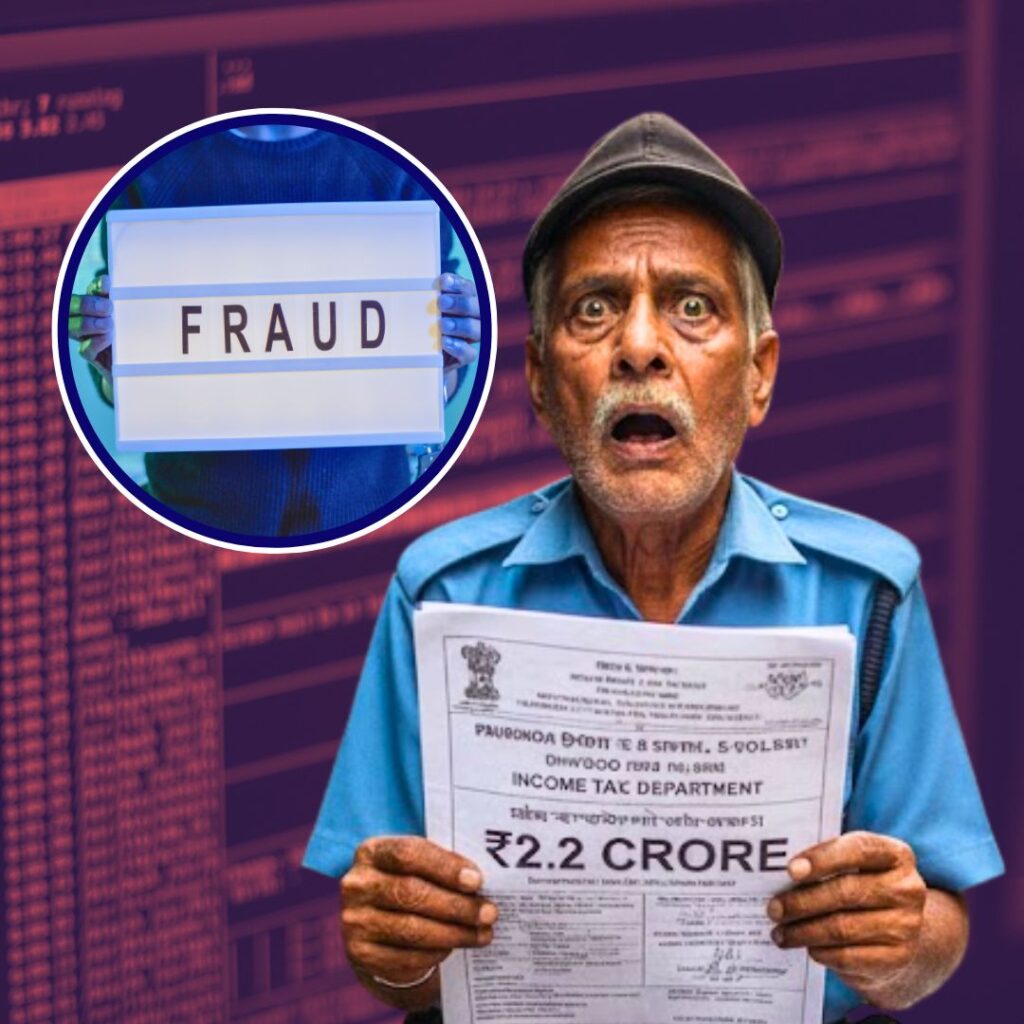‘If liberty means anything at all, it means the right to tell people what they do not want to hear.’
– George Orwell
What do Varavara Rao, an 80-year-old Marxist poet from Telengana, Sudha Bharadwaj, a 60-year-old civil rights activist who spent 30 years working for the marginalized in Chhattisgarh, Hany Babu, an English professor in DU, Arun Ferreira, a lawyer in Mumbai, young student activists Natasha Narwal, Safoora Zargar, Sharjeel Imam and Umar Khalid have in common?
They have all been branded as terrorists under the Unlawful Activities Prevention Act (UAPA) and booked for sedition under Section 124A of the Indian Penal Code (IPC). Their offence? They disagreed and criticized with the policies of the State. Today, amidst the COVID-19 outbreak, most of them are languishing in jail, and our Courts have looked the other way.
This raises some serious concerns.
First, the UAPA was enacted to counter terrorist activities, in line with India’s obligations at the UN. Accordingly, Chapters IV to VI of the Act deal with terrorist offences, which Sudha Bharadwaj and the others have been booked under. A lay reading of the provisions, particularly Section 15, under which the 26/11 terrorist Ajmal Kasab was held guilty, stipulates that to qualify as a terrorist, an individual must have endangered the security of India either through the use of weapons in the nature of bombs etc., or through criminal force or abducted a person with the intention to blackmail the Government. However, the aforementioned activists and professionals have done no such thing. They merely exercised their right to dissent and disagree with State policies through their speech and writings, a right Constitutionally protected under Article 19(1)(a). Thus, as per the provisions of the Act, their actions cannot be construed as a ‘terrorist act’ under Section 15.
Second, by accusing a person of terrorism under the UAPA, an extraordinary power is granted that to the Courts – to deny bail. Justice Krishna Iyer, a judge lauded for his championing of human rights, in State of Rajasthan v. Balchand summed up the law of bail as ‘the rule is bail not jail’. This is because our Courts presume a person as innocent until proven guilty, and a pre-trial incarceration violates this essential tenet of criminal jurisprudence. However, Section 43D(5) of the UAPA makes an exception to this provision and allows the Court to deny bail for a terrorist act if it is of the opinion that there are reasonable grounds to believe that the accusation is prima facie true. This assessment has to be made on the basis of the case diary or the report filed by the Police under Section 173 of the CrPC. Despite investigative agencies putting up questionable evidence, Courts have invoked this provision to deny bail and aided the persecution of the arrested.
For instance, in pregnant student activist Safoora Zargar’s case, the Delhi Police submitted before the Patiala House Court that her speech at Chand Bagh instigated the Delhi Riots and she had conspired with the rioters. To support their allegation of conspiracy, they stated that they had recovered Whatsapp chats, plastic crates with glass bottles and 3 sling shots. Such questionable evidence is far from the requirements of bombs and explosive substances mentioned under Section 15 and therefore, even on a prima facie level, it cannot be shown that a terrorist act was committed. Despite this blatant fact, the Learned judge misapplied his judicial discretion and denied Safoora bail, who was later granted bail by the Delhi High Court only on medical grounds in lieu of her pregnancy and not on merits. Meanwhile, 81-year-old Varavara Rao was not granted bail despite contracting COVID-19 in jail.
Third, investigative agencies are stretching the ambit of the UAPA, a special law dealing with highly specific offences, in order to apply it to issues outside its domain. Incidents like the Delhi Riots and Bhima Koregaon, where protests turned violent and disrupted law and order, the rightful law to be applied is the Indian Penal Code, because these offences are localized in nature and do not pose a threat to the unity and integrity of India as a whole. Justice D.Y. Chandrachud rightfully noted in his dissenting opinion in Romila Thapar v. Union of India, a case where the arbitrary arrests of the activists accused in the Bhima Koregaon case was challenged but the Supreme Court chose not to interfere, that the allegations made under the UAPA against the arrested individuals were ‘taking liberties with the truth’. In fact, recently, the Delhi Police went so far as to cite the UAPA in order to justify the blocking the website of the environmental action group Fridays For Future, which was running an online campaign against the Draft EIA!
Finally, persecuting professors, lawyers, students, intellectuals, activists and proactive citizens by branding them as ‘anti-nationals’, ‘tukde-tukde gang’ and ‘urban naxals’, it is India’s rich democratic…











